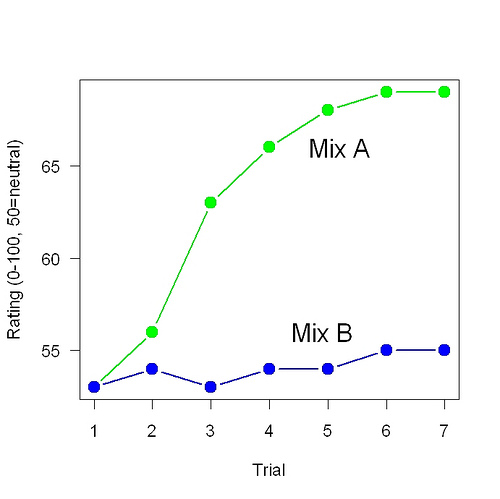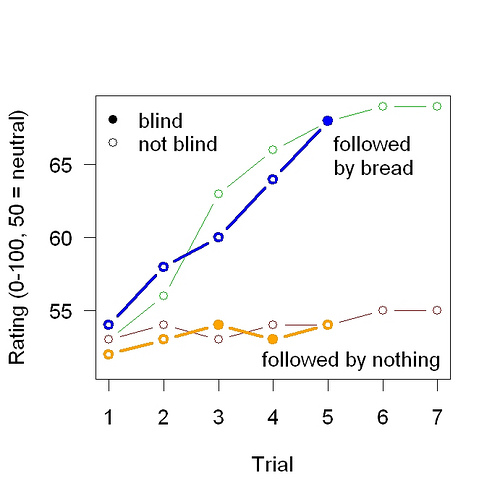Given how interested authors are in the Amazon rank of their books, it’s curious how little I can find about how those ranks are computed. Amazon won’t say. Let me try to figure it out.
Is it based on the number of copies sold in some unit of time — say, one day? Surely not. If the unit is too small, then most books will have zero copies sold. That’s too many ties. If the unit is too large — say, one week — it won’t change very quickly. That’s boring.
That leaves average time between orders — what an animal psychologist would call interorder interval (IOI). If one copy is sold at 10:00 am on Monday and the next copy is sold at 12 noon on Tuesday, the IOI is 26 hours. This is easy to track for each book and can discriminate between books that don’t sell many copies.
How many IOIs does Amazon use to compute the rank? One, five, twenty? Surely more than one. Using just one would be too noisy and would do a terrible job of discriminating best-sellers. This morning my editor asked me if Stephen Dubner’s Freakonomics blog post about SLD yesterday helped its Amazon rank. I checked: the rank was about 5600 (better than usual). This afternoon, I checked again: the rank was about 1700. I am sure there is no delayed effect of a mention on the NY Times website; Dubner’s post must have had its biggest effect on sales yesterday. So why is the rank improving today? Because Amazon uses a fixed number of IOIs (or at least a maximum number) to compute the rank and today the longer ones are still being replaced by shorter ones. In other words, the rate of sales, although lower today than yesterday, is still higher than usual.
According to this article, a book ranked about 2000 sells about 10 copies per day (on Amazon, I assume). SLD’s current rank (about 2000) reflects an average of long IOIs (before yesterday) and short ones (yesterday and today). Yesterday, therefore, it must have sold more than 10 copies — but this wasn’t enough to get rid of all the long IOIs. So the rank is based on more than 10 IOIs.
Further than that I cannot go.
Using Amazon rank to compute sales. The Bookscan/Amazon-rank correlation I show in that post indicates that a book with an Amazon rank of about 2000 sells about 40 Bookscan copies per day, which is why I assume that the 10 copies per day mentioned above refers just to Amazon sales.

